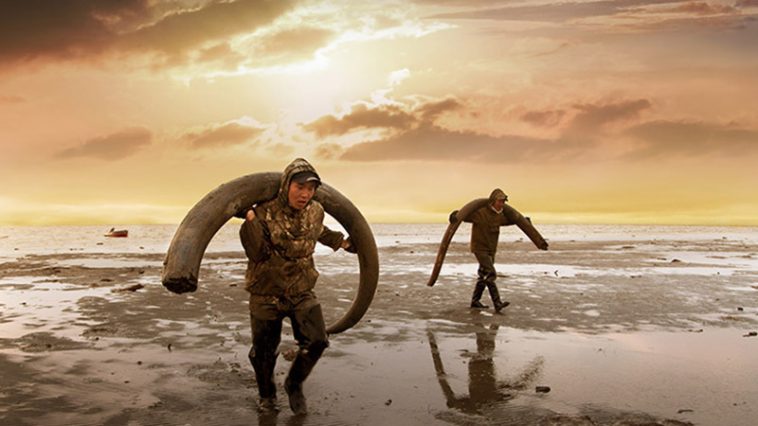Nelle Isole della Nuova Siberia, all’estremo nord del Mar Glaciale Artico, la vita dei cosiddetti cacciatori di mammut è dura e piena di pericoli. Il paesaggio primitivo dove cercano le zanne dei mammut sembra una terra primordiale e si respira un’atmosfera da febbre dell’oro, poiché i prezzi di questo “oro bianco” non sono mai stati così alti. Ma lo scioglimento del permafrost porta alla luce molto più del prezioso avorio. Questi ritrovamenti attraggono scienziati super-tecnologici russi e sudcoreani alla ricerca di cellule con DNA perfettamente conservato per clonare gli stessi mammut: vogliono riportarli in vita come in Jurassic Park, resuscitandone la specie. In tutto il mondo, i biologi stanno lavorando per re-inventare la vita.
Genesis 2.0 observes the harsh and dangerous life of so-called mammoth hunters on the remote New Siberian Islands in the far north of Siberia. The archaic landscape in which these people are looking for the tusks of extinct mammoths looks like primordial earth. There is a kind of gold rush fever in the air, because the prices for this white gold have never been so high. But the thawing permafrost unveils more than just precious ivory. Such finds are magnets for high-tech Russian and South Korean clone researchers in search of mammoth cells with the greatest possible degree of intact DNA. They want to bring the extinct woolly mammoth back to life à la Jurassic Park, and resurrect it as a species. Worldwide, biologists are working on re-inventing life.






